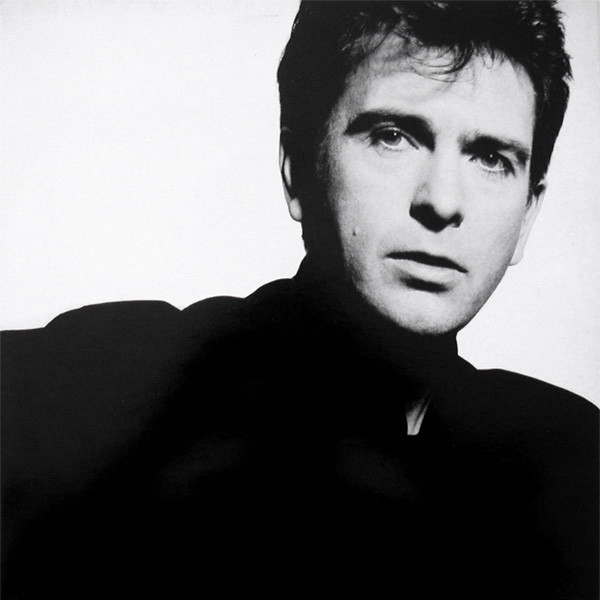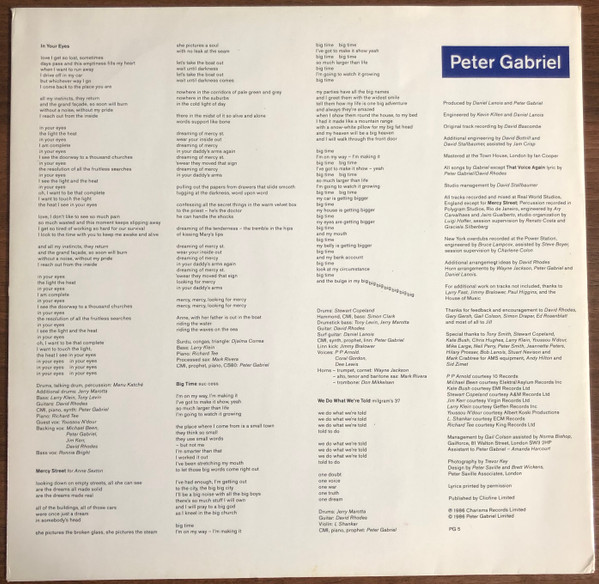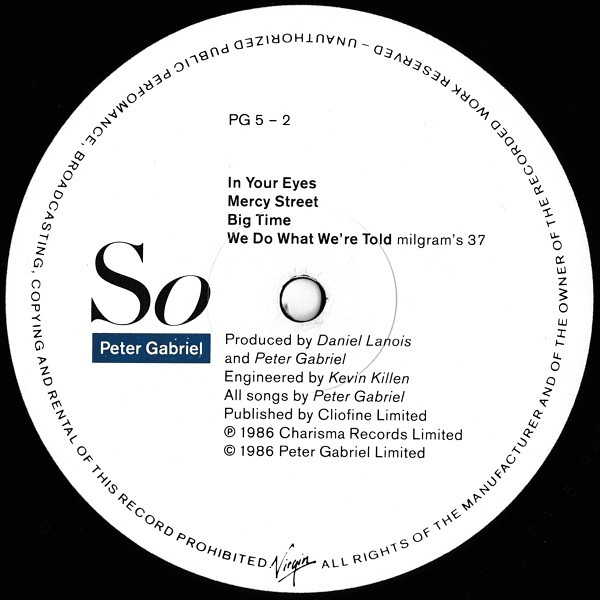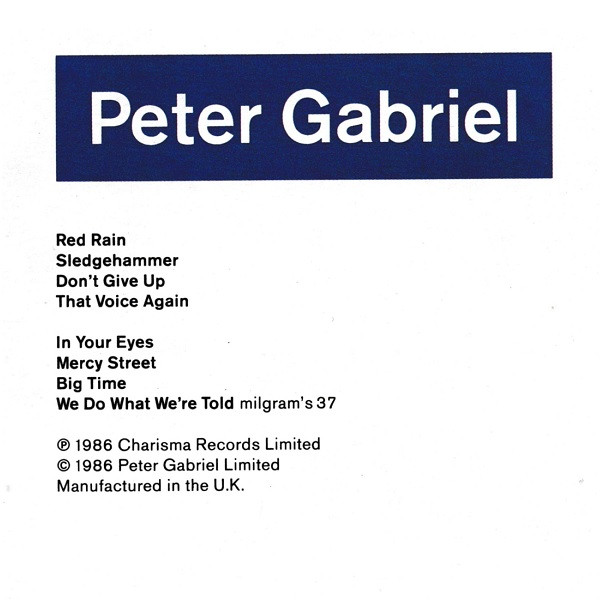
Released in 1977, the debut solo album from Peter Gabriel introduced a different type of left-of-centre songwriter: A darkly hued art-rocker who too was brusque for glam, too baroque for punk and too pop for prog. Gabriel spent seven years leading the abstruse and theatrical progressive rockers Genesis, but he became disillusioned with the industry, which he left in 1975, hoping to spend more time with his wife and daughter. He returned just two years later with a self-titled album that abandoned the fantastical fictions of Genesis for something more personal, with lyrics that explored the fear and thrill of new horizons (“Solsbury Hill”), the psychic boundaries between humans (“Here Comes the Flood”) and the frustrations of romance (“Modern Love”).
Leaving behind much of his pastoral British vistas for sturdier rhythms, Gabriel’s new stomping sound came from a series of hard-rocking North American musicians picked by producer Bob Ezrin (Kiss, Alice Cooper). The line-up included Mountain drummer Allan Schwartzberg, Lou Reed guitarist Steve Hunter, pianist Jozef Chirowski and the gifted session bassist Tony Levin, who’d end up an essential part of Gabriel’s band for more than 45 years. For his part, Gabriel tapped art-rock journeyman Robert Fripp—who’d played with the likes of Brian Eno, David Bowie and King Crimson—as well as synth player Larry Fast.
The album’s opener, “Moribund the Burgermeister”, is a piece of majestic arena rock backed by the London Symphony Orchestra, one that drops down into an abyss of sinister, growling menace. The closer, “Here Comes the Flood”, features a magnificent, bombastic chorus that points forward to future Gabriel ballads like “Biko” and “Come Talk to Me.” In between, Peter Gabriel 1: Car churns through somewhat straightforward rockers (“Modern Love”, “Slowburn”), broken barbershop (“Excuse Me”), on-off Latin rhythms (“Humdrum”), Randy Newman-styled quirk (“Waiting for the Big One”) and an intricately arranged disco-metal odyssey (“Down the Dolce Vita”).
But it’s the album’s lead single, the 12-string-tinged “Solsbury Hill”, that would become one of Gabriel’s most enduring songs, despite a tricky 7/4 rhythm. Its mix of wistfulness and determination, abetted by Gabriel’s own flute-playing, helped make his grandiose art-rock debut in the United Kingdom. And while neither Peter Gabriel 1: Car nor “Solsbury Hill” would break the singer in America, both would chart higher than any of his music with Genesis—a pair of early successes in a solo career that would soon take off around the world.
Tracklisting
| Position | Title |
|---|---|
| A1 | Red Rain |
| A2 | Sledgehammer |
| A3 | Don’t Give Up |
| A4 | That Voice Again |
| B1 | In Your Eyes |
| B2 | Mercy Street |
| B3 | Big Time |
| B4 | We Do What We’re Told (Milgram’s 37) |
Apple Music
Release Images
Release Information
| Key | Value |
|---|---|
| Wikipedia URL | https://en.wikipedia.org/wiki/So_(album) |
| Format | 1× Vinyl LP, Album |
| Label | Charisma |
| Catalog Number | PG 5 |
| Notes | ‘Townhouse’ etched in runouts, the rest stamped. Direct Metal Mastering denoted by ‘D’ in runouts. ℗ 1986 Charisma Records Limited © 1986 Peter Gabriel Limited All tracks recorded and mixed at Real World Studios, England except for “Mercy Street”; Percussion recorded in Polygram Studios, Rio de Janeiro, engineered by Ary Carvalhaes and Jairo Gualberto, studio organization by Luigi Hoffer, session supervised by Renato Costa and Graciela Silberberg New York overdubs recorded at the Power Station, engineered by Bruce Lampcov, assisted by Steve Boyer, session supervision by Charlene Colon. Included lyric inner sleeve, made of card on early pressings, paper on later pressings. P P Arnold courtesy 10 Records Ltd. Michael Been courtesy Elektra/Asylum Records Inc. Kate Bush courtesy EMI America Records, a division of Capitol Records INc. Stewart Copeland courtesy A&M Records Inc. Jim Kerr courtesy Virgin Records Ltd. Youssou N’dour courtesy Albert Koski Productions. L. Shankar courtesy ECM Records. Richard Tee courtesy King Records Co Ltd. |
| Discogs URL | Peter Gabriel - So |






